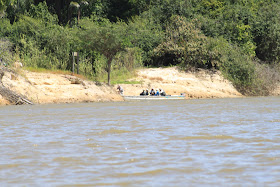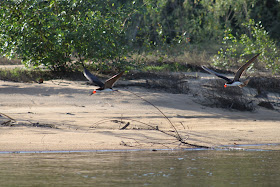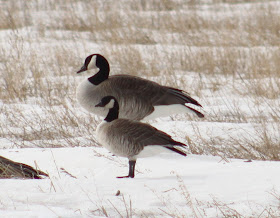Photos from around here today
More Mountain Bluebirds - honestly, I have never seen so many of them as we have this year. I expect most will be on their way north soon. However, many will stay in this area to breed.
Snowpack break-up on Long Creek
A lean and perky Richardson's Ground Squirrel (Spermophilus richardsonii) having a nibble of dead grass - it was a long, cold, hibernating time this past five or so months.
A winter casualty
The Souris River at Taylorton Bridge
More Mountain Bluebirds - honestly, I have never seen so many of them as we have this year. I expect most will be on their way north soon. However, many will stay in this area to breed.
Snowpack break-up on Long Creek
A lean and perky Richardson's Ground Squirrel (Spermophilus richardsonii) having a nibble of dead grass - it was a long, cold, hibernating time this past five or so months.
A winter casualty
The Souris River at Taylorton Bridge

























































